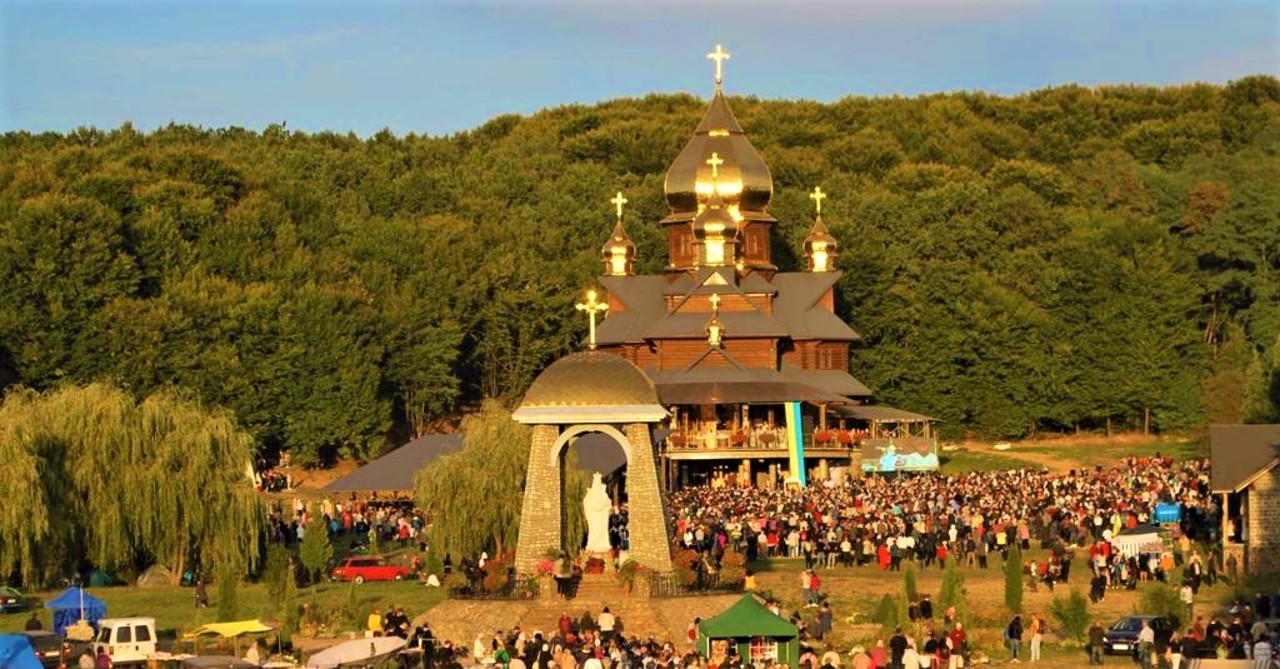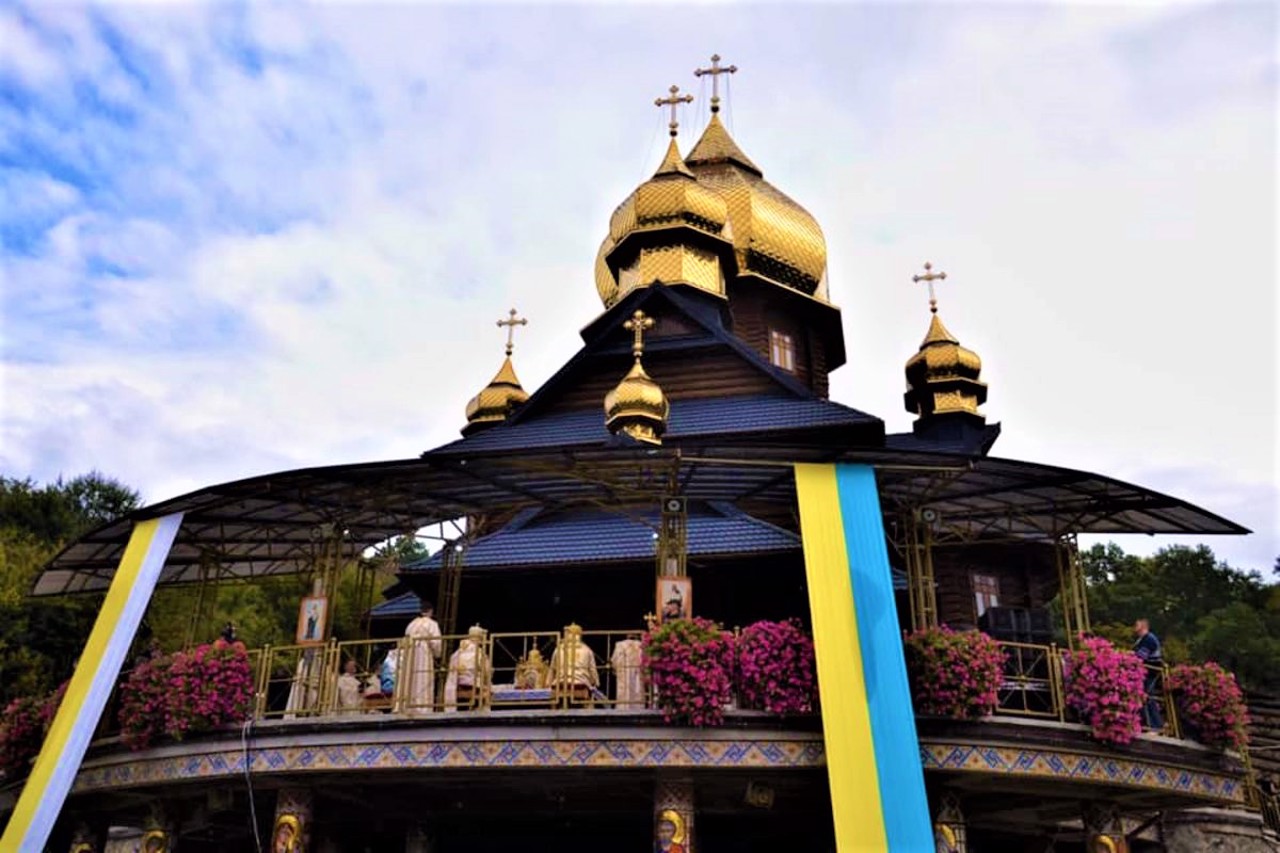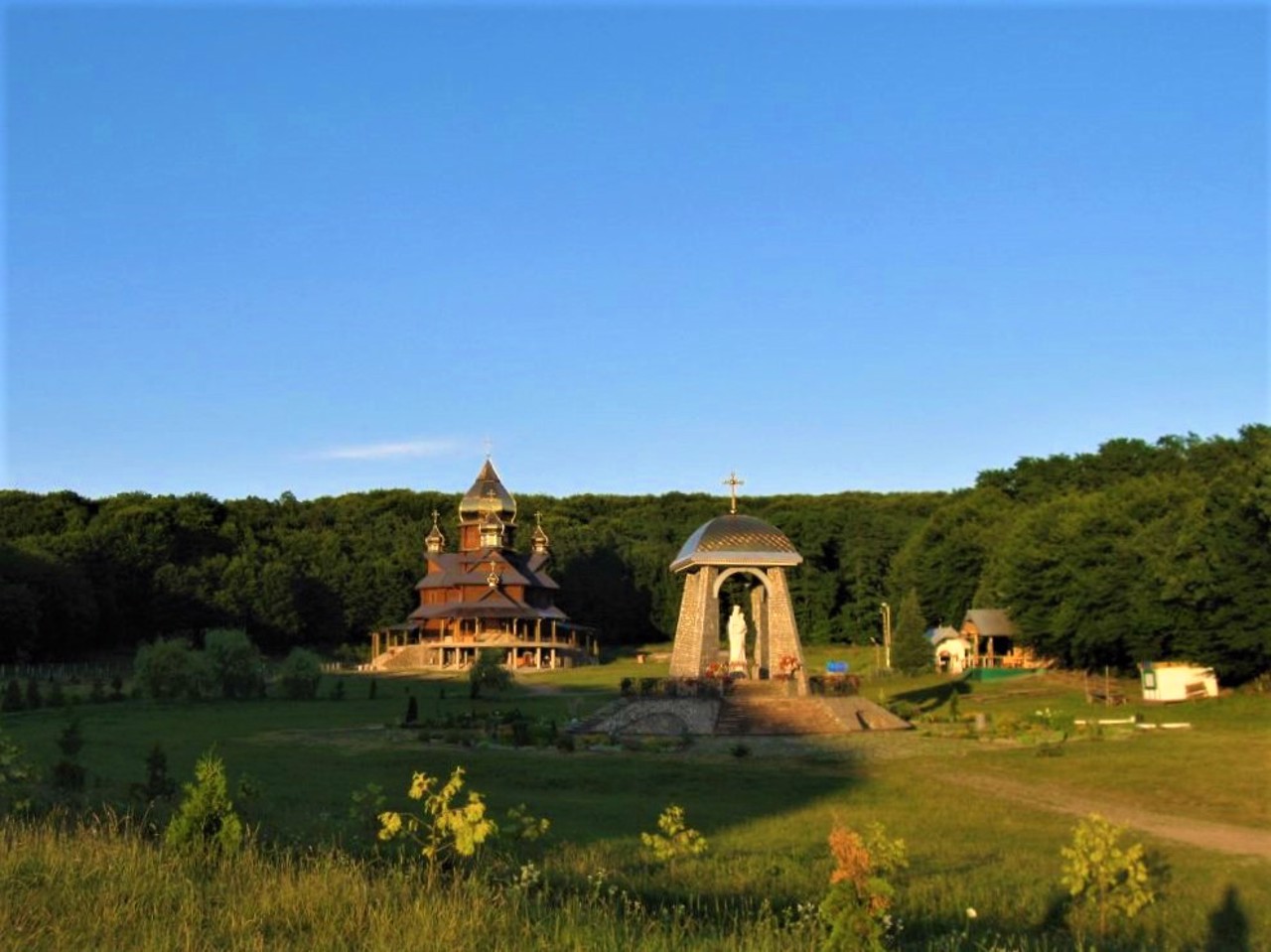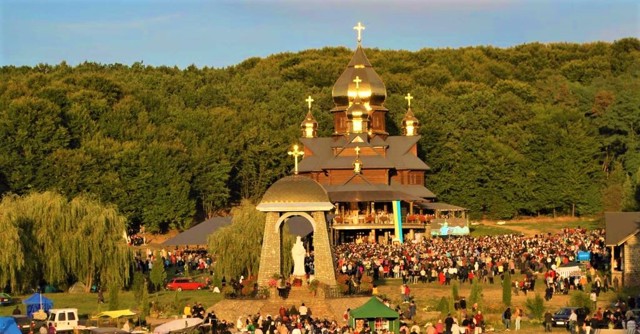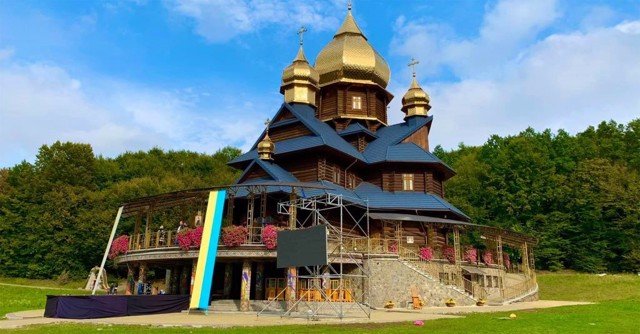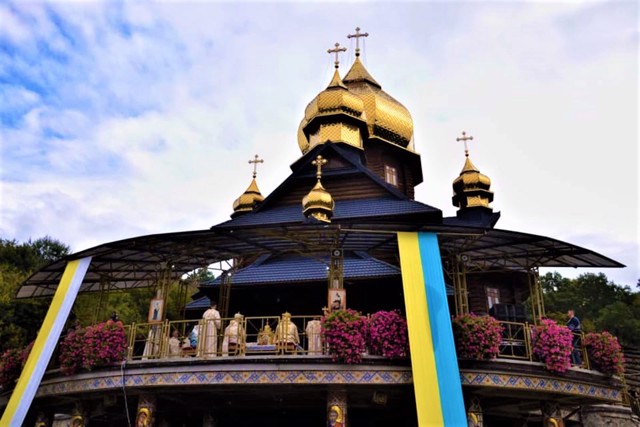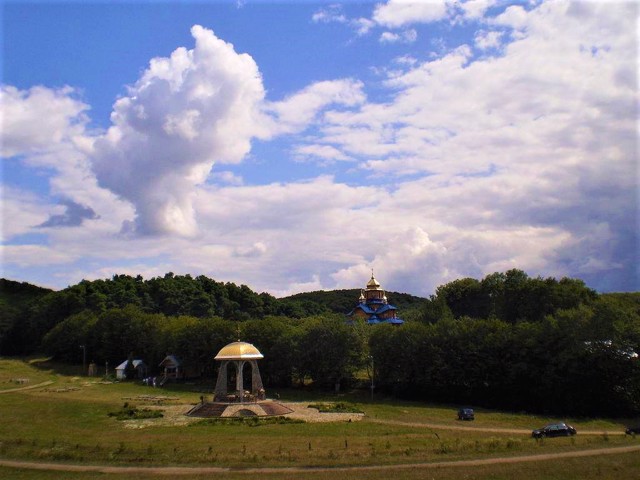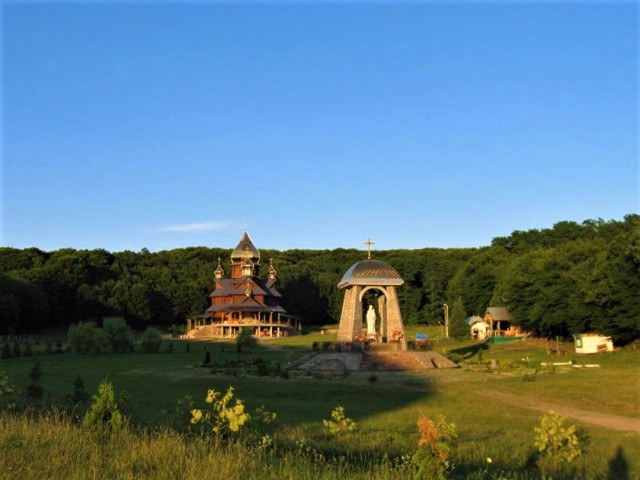Functional temporarily unavailable
Pohonia
Travel guide online Pohonia
General information about Pohonia
The village of Pohonia near Tysmenytsia is one of the great centers of Greek Catholic pilgrimage.
The first written mention of it dates back to 1634. The name of the settlement, according to folk tales, comes from the events of the 13th century, when near Tysmenytsia the governor Roman (perhaps the son of Danylo Halytskyi) won a battle with Baty, after which he pursued his army with his few soldiers. On the eve of the battle, Saint Nicholas the Wonderworker appeared to the governor in a dream and ordered him not to defend himself, but to boldly attack the enemy. The Church of the Assumption of the Blessed Virgin Mary was built on the site of the victory over the Mongol-Tatars, and the Church of Saint Nicholas ...
The village of Pohonia near Tysmenytsia is one of the great centers of Greek Catholic pilgrimage.
The first written mention of it dates back to 1634. The name of the settlement, according to folk tales, comes from the events of the 13th century, when near Tysmenytsia the governor Roman (perhaps the son of Danylo Halytskyi) won a battle with Baty, after which he pursued his army with his few soldiers. On the eve of the battle, Saint Nicholas the Wonderworker appeared to the governor in a dream and ordered him not to defend himself, but to boldly attack the enemy. The Church of the Assumption of the Blessed Virgin Mary was built on the site of the victory over the Mongol-Tatars, and the Church of Saint Nicholas was built where the voivode had a dream.
At the beginning of the 20th century, a new church and monastery were built in Pohonia. The miraculous icon of the Mother of God Pohonska is preserved here.
Село Погоня біля Тисмениці - один з великих центрів паломництва греко-католиків.
Перша письмова згадка про нього датується 1634 роком. Назва поселення, за народними переказами, походить від подій XIII сторіччя., коли під Тисменицею воєвода Роман (можливо, син Данила Галицького) здобув перемогу в битві з Батиєм, після чого переслідував (гнав) його військо зі своїми нечисленними воїнами. Напередодні битви воєводі з'явився уві сні Святий Миколай Чудотворець і наказав не оборонятися, а сміливо йти на ворога. На місці перемоги над монголо-татарами була побудована церква Успіння Пресвятої Богородиці, а там, де воєводі приснився сон - церкву Святого Миколая.
На початку XX століття в Погоні була побудована ...
Село Погоня біля Тисмениці - один з великих центрів паломництва греко-католиків.
Перша письмова згадка про нього датується 1634 роком. Назва поселення, за народними переказами, походить від подій XIII сторіччя., коли під Тисменицею воєвода Роман (можливо, син Данила Галицького) здобув перемогу в битві з Батиєм, після чого переслідував (гнав) його військо зі своїми нечисленними воїнами. Напередодні битви воєводі з'явився уві сні Святий Миколай Чудотворець і наказав не оборонятися, а сміливо йти на ворога. На місці перемоги над монголо-татарами була побудована церква Успіння Пресвятої Богородиці, а там, де воєводі приснився сон - церкву Святого Миколая.
На початку XX століття в Погоні була побудована нова церква і монастир. Тут зберігається чудотворна ікона Матері Божої Погонської.
Сплануй своє перебування у Pohonia
What to see and where to go in Pohonia
Tourist attractions and museums of Pohonia
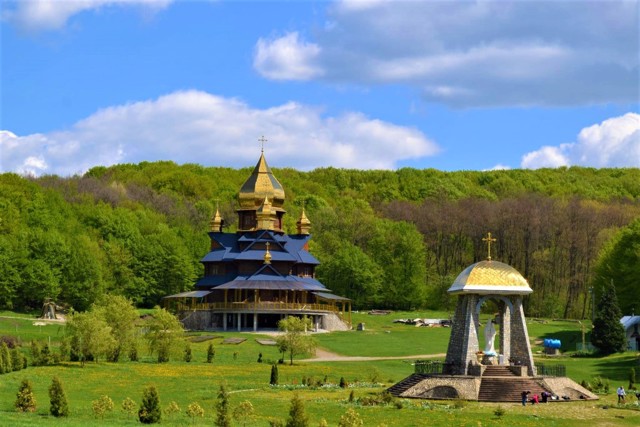
Pohonia Monastery of Assumption of Mother of God
Temple , Architecture
The Pohonia Monastery of the Assumption of the Mother of God in the village of Pohonia near Tysmenytsia is one of the great centers of Greek Catholic pilgrimage.
Here, in a small wooden church, there is a miraculous icon of the Mother of God Pohonska.
According to legend, in the 13th century, voivode Roman (perhaps the son of Danylo Halytskyi) with a small detachment defeated the army of Khan Baty here. According to legend, on the eve of the battle, Saint Nicholas the Wonderworker appeared to the voivode in a dream and ordered him not to defend himself, but to boldly attack the Tatars. On the site of Roman's victory over the Mongol-Tatars in 1634, the Church of the Assumption of the Holy Theotokos was built, and on the spot where the voivode had a dream, the Church of Saint Nicholas was built.
At the beginning of the 20th century, a new church and monastery of the Assumption of the Mother of God was built, but already in 1946 it was liquidated by the Soviet authorities. A boarding school for children with mental disorders was placed within the walls, and the church was destroyed in 1950.
The miraculous icon was preserved. In 1991, the monastery was revived. Hundreds and sometimes thousands of pilgrims flock here on holidays.
Reviews Pohonia
Geographical information about Pohonia
| {{itemKey}} | {{itemValue}} |
|---|---|
| Region |
Ivano-Frankivsk |
